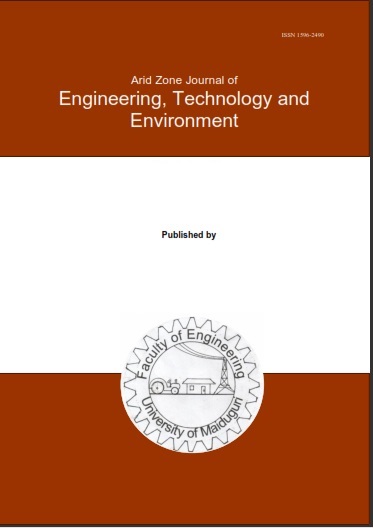Abstract
Alternatives to costly fossil fuel have witnessed rekindled interest because of the depletion of fossil reserves and environmental concerns. In this study, non-edible vegetable oil from Khaya Senegalensis (KS), which grows well in semi-arid zones was converted to biodiesel via transesterification under the reaction condition of 1.25 % catalyst and 1:6 Oil-methanol molar ratio. FTIR, GC-MS and NMR techniques were concurrently used to monitor common or similar peaks in the conversion process in an extensive cross comparison to validate other techniques' results. Furthermore, the composition of conventional diesel with the vegetable biodiesel produced were simultaneously analyzed. The results showed that conversion peaks were aligned, and successful delivered 82.02 % yield. The results from FTIR, GC-MS and NMR investigations all agreed, on the conversion of triglyceride molecules in the crude KS oil to fatty methyl esters in the biodiesel. Both produced biodiesel and conventional diesel were observed to contain alkanes and alkenes functional groups, that impart good fuel properties.

This work is licensed under a Creative Commons Attribution-NonCommercial-NoDerivatives 4.0 International License.
Copyright (c) 2025 ARID ZONE JOURNAL OF ENGINEERING, TECHNOLOGY AND ENVIRONMENT

